Tokenization Wave: How Carbon Credits and Securities Are Entering the Blockchain Era
Input
Changed
J.P. Morgan Accelerates Trials to Tokenize Carbon Credits Will the Voluntary Carbon Market, Long Criticized for Its Opacity, Face Upheaval? From Stocks and Bonds to Hard-to-Securitize Assets, Tokenization Expands
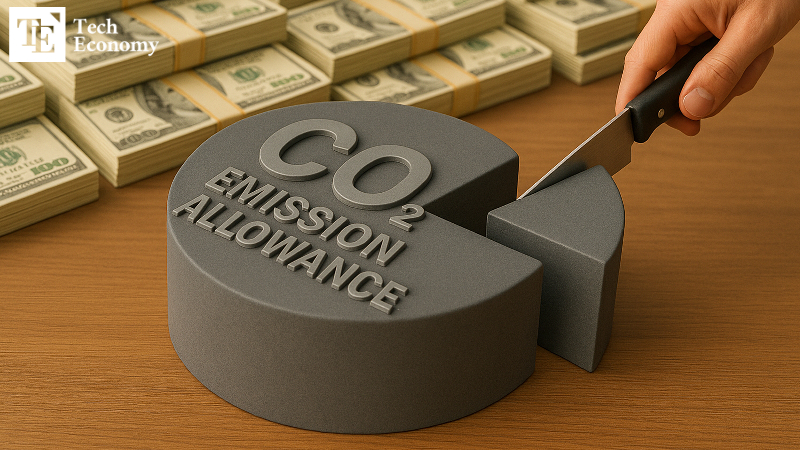
J.P. Morgan Chase, the largest U.S. bank, is ramping up efforts on its carbon credit tokenization project. By applying blockchain technology, the bank aims to spur growth in the voluntary carbon market and bring greater transparency to carbon credit trading, addressing the sector’s current limitations. As tokenization expands beyond traditional assets such as stocks, bonds, and artwork into more unconventional fields, markets are closely watching whether J.P. Morgan’s experiment could trigger a seismic shift.
J.P. Morgan’s Tokenization Push
According to the securities industry on the 2nd, Onyx, J.P. Morgan’s blockchain unit, is currently testing an application that tokenizes carbon credits from the point of registration. The bank has partnered with three major carbon registries—S&P Global Commodity Insights, EcoRegistry, and the International Carbon Registry (ICR)—to develop the app, which converts credits listed in their registry systems into blockchain-based tokens.
EcoRegistry and ICR have reportedly completed successful tests of their respective solutions, while S&P Global Commodity Insights is preparing trials through its Environmental Registry platform, designed to improve lifecycle tracking and management of carbon credits. Future testing will also include a “meta-registry” system that integrates multiple registries under one framework.
If J.P. Morgan’s effort succeeds, it could mark a seismic shift for the voluntary carbon market. Tokenized credits would allow those issued across different registries—such as Verra and the UN CDM—to be managed and traded within a single digital ecosystem, making it easier for large institutional investors to participate. Some forecasts suggest that tokenization could help expand the voluntary carbon market, now valued at about $200 billion, to as much as $2 trillion by 2030.
The Benefits of Carbon Credit Tokenization
If tokenization becomes mainstream, it could resolve one of the biggest challenges facing the voluntary carbon market—lack of transparency. At present, the market is widely criticized for the difficulty of tracking credits from issuance to retirement. In 2023, the world’s largest private certifier of voluntary carbon reductions, Verra, came under fire when a series of investigations cast doubt on the credibility of its rainforest protection credits.
At the time, The Guardian, in collaboration with Germany’s Die Zeit and investigative outlet SourceMaterial, analyzed Verra’s programs using peer-reviewed scientific studies. The investigation concluded that more than 90% of rainforest carbon credits certified by Verra may have been “phantom” offsets, with many projects overstating their climate impact by an average of 400%. Only a small fraction of projects showed genuine forest protection benefits.
Tokenization could help address these shortcomings by providing detailed oversight of the entire lifecycle of credits—from issuance to retirement—and by making registry data more accessible to outside stakeholders. Alastair Northway, head of natural resources advisory at J.P. Morgan Payments, noted: “The voluntary carbon market urgently needs innovation. Tokenization can support the creation of a globally interoperable system that enhances trust in the underlying infrastructure. This technology can deliver greater information and price transparency, and ultimately expand market liquidity.”
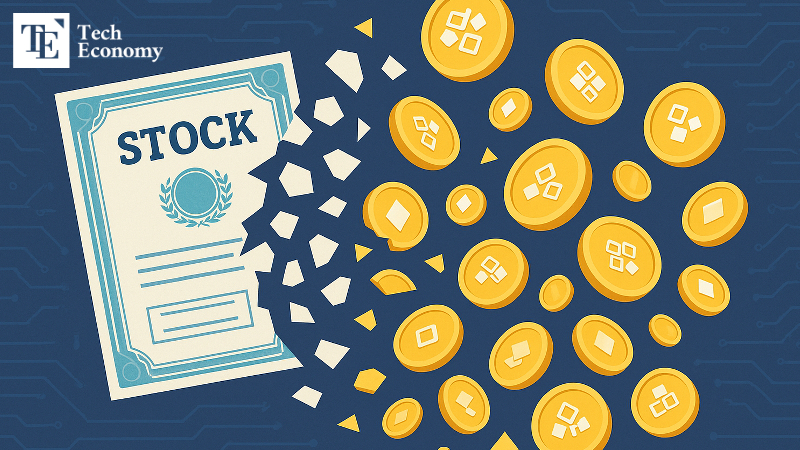
The Expanding Influence of Tokenized Securities
The tokenization trend is not limited to carbon credits. Securities firms are also pushing ahead with service innovation through tokenized securities—digital securities issued using blockchain’s distributed ledger technology. Just as the market shifted from paper-based stock and bond certificates to electronic securities traded via centralized systems, it is now moving toward blockchain-based tokenized securities.
The greatest advantage lies in reduced transaction costs and settlement times. In today’s electronic system, stock trades must pass through multiple institutions, with ownership data confirmed on centralized servers. This explains why proceeds from a stock sale in Korea’s markets take two business days (T+2) to reach an investor’s account. Tokenized securities, by contrast, enable encrypted data exchanges on a distributed ledger in real time, eliminating such delays.
Another key distinction is broader access. Tokenization allows investment not only in traditional assets like stocks and bonds but also in assets previously unavailable through brokerages. Once an investor completes identity verification (KYC), they can directly purchase tokenized assets worldwide through blockchain networks—without intermediaries. This could include anything from artwork and agricultural products to raw materials, all of which can be securitized. For this reason, financial experts increasingly describe tokenized securities as a form of “democratization of investment.”

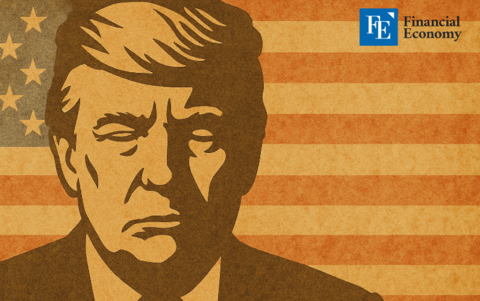
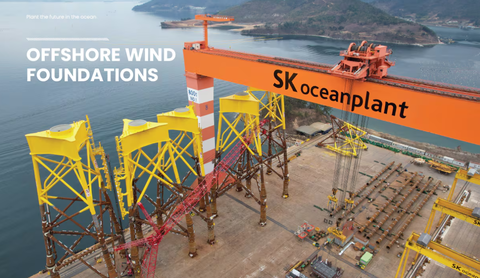
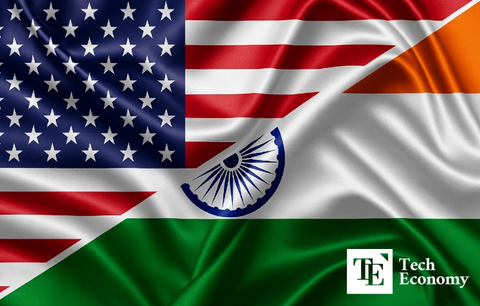
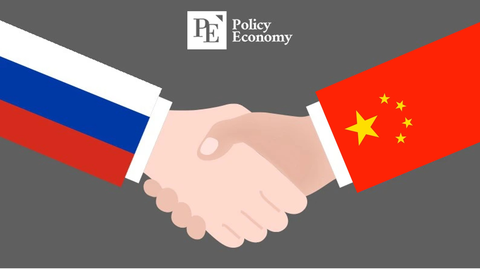


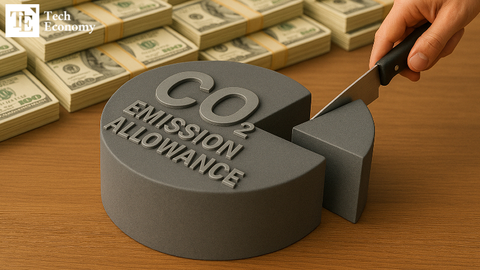
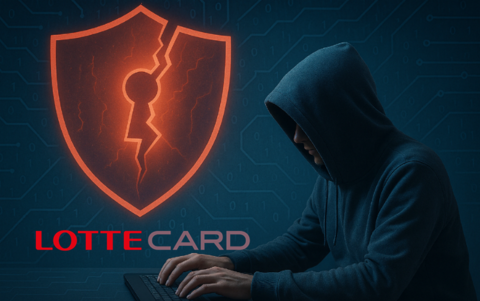













Comment